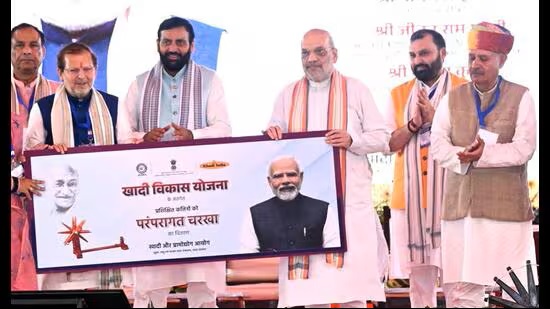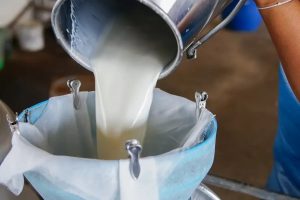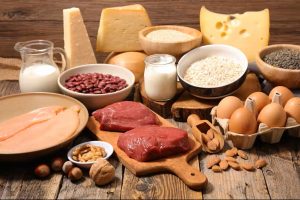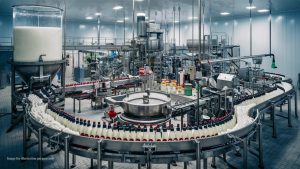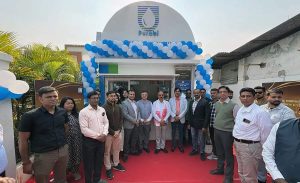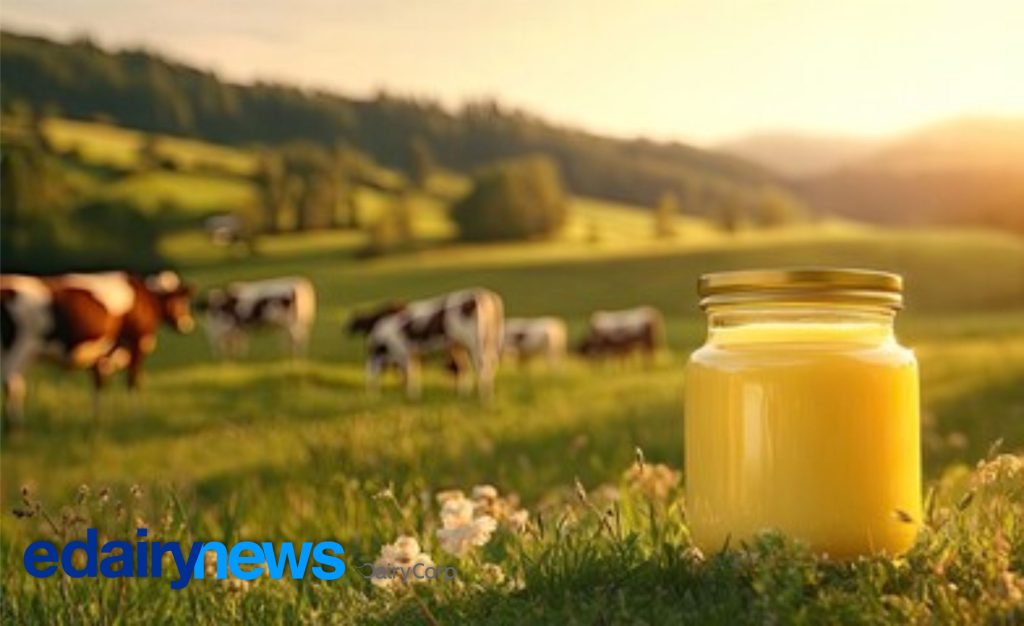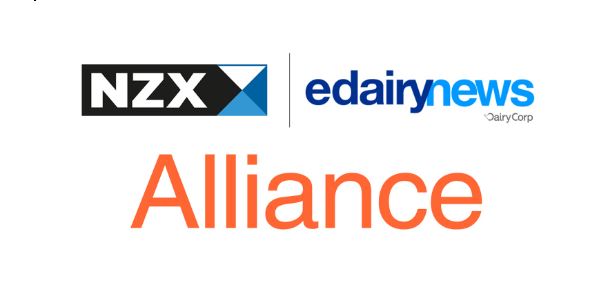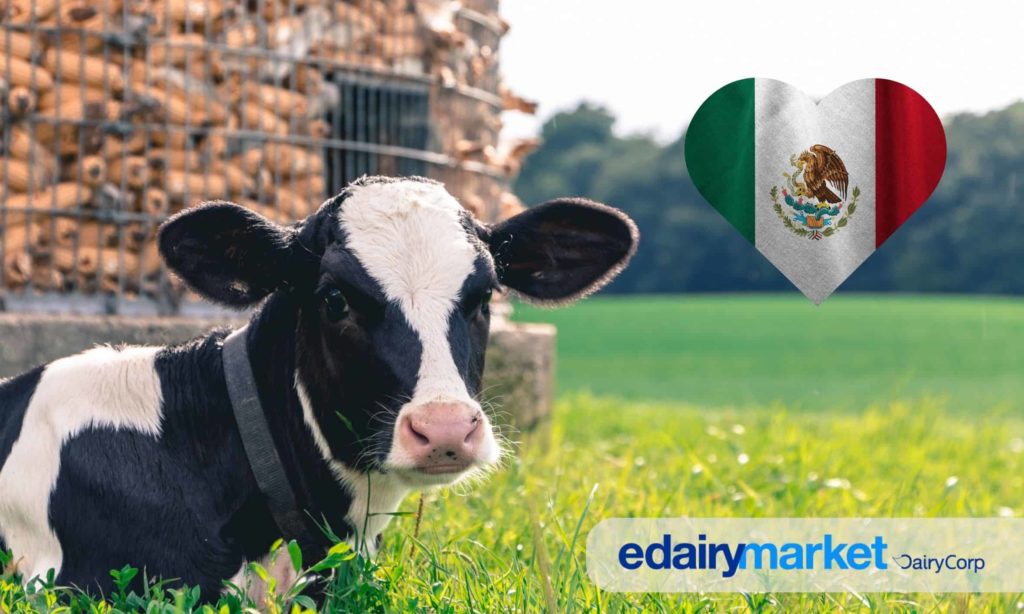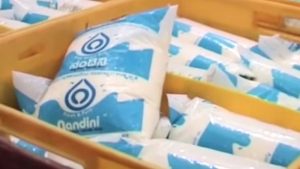
Union Minister Amit Shah inaugurates the ₹325-crore Sabar Dairy in Rohtak, touting India’s record-breaking expansion and bold cooperative goals.
India’s cooperative sector just received a massive infusion of processing power with the inauguration of the new Sabar Dairy (Amul) plant in Rohtak, Haryana. Constructed by the Gujarat-headquartered Sabarkantha District Cooperative Milk Producers’ Union at a cost of ₹325 crore (approximately $39 million), the state-of-the-art facility is strategically positioned to serve the high-consumption markets of the National Capital Region (NCR) and Northern states. This major investment is poised to significantly strengthen the region’s dairy supply chain, which is vital for both manufacturers and consumers.
Union Home and Cooperatives Minister Amit Shah used the inauguration to highlight the phenomenal growth of the Indian dairy sector. He revealed that the sector has expanded by a remarkable 70% over the last 11 years, making it the fastest-growing globally. This expansion has seen national milk production surge from 140 million tonnes in 2014 to 249 million tonnes in 2025. Furthermore, production from indigenous cow breeds has increased from 29 million tonnes to 50 million tonnes, underscoring the sector’s scale and diversity.
The new Rohtak plant is a heavy-weight processing hub, boasting the country’s largest production capacities for certain products. It is equipped for a daily output of 150 metric tonnes of curd, 10 metric tonnes of yogurt, 3 metric tonnes of buttermilk, and 10 metric tonnes of sweets. This capacity is critical in Haryana, which, according to Minister Shah, has the highest per capita consumption of milk and buttermilk in the country, demonstrating the strategic market placement of this new dairy manufacturing hub.
Driving this massive growth is the expansion of the cooperative model, which now engages approximately 8 crore farmers. Shah noted that per capita milk availability has dramatically jumped from 124 grams per day in 2014 to the current level of 471 grams, reflecting a significant improvement in national nutrition and farmer prosperity. He credited this success to the government’s push to strengthen the cooperative system, which directs profits back to producers.
Looking ahead, the government has set ambitious targets under its cooperative dairy vision for White Revolution 2.0. Key among these is the plan to connect every village with a cooperative dairy by 2029, with the establishment of 75,000 new cooperatives in the coming years. The government has also defined three core priorities for livestock farmers: improving animal feed, establishing effective manure management, and fostering the circular use of residues, further integrating sustainability into the agribusiness model.
Source: This information is based on an official report by Hindustan Times.
You can now read the most important #news on #eDairyNews #Whatsapp channels!!!
🇮🇳 eDairy News ÍNDIA: https://whatsapp.com/channel/0029VaPidCcGpLHImBQk6x1F
